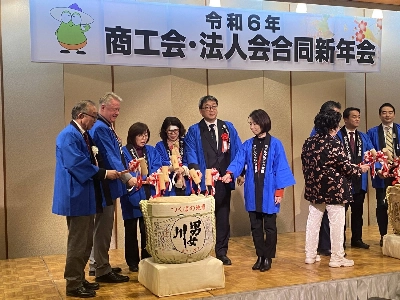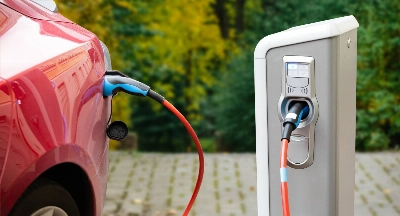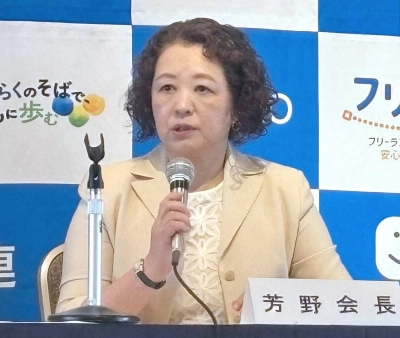OSAKA -- Work started Friday to remove soil highly contaminated with dioxin from an incinerator in Nose, Osaka Prefecture, but the final destination of the soil has yet to be determined.The removal of the soil, which contains more than 1,000 picograms of dioxin per gram of soil, marks the first such cleanup attempt in the country.About 1,200 sq. meters of ground south of the incinerator is to be dug up to a depth of about 20 cm, and about 250 cu. meters is to be removed by the end of November. The soil will be stored in sacks in the incinerator building for the time being, but how it will be processed and where it will be dumped has yet to be confirmed.Last April, it was learned that the soil surrounding the incinerator contained as much as 8,500 picograms of dioxin per gram of soil and that the bed of a pond near the incinerator registered 23,000 picograms per gram. The incinerator was halted in June 1997 when high dioxin levels were first detected in its gas emissions.The building was sealed off last week when a Ministry of Health and Welfare committee reported that the cooling water registered 130,000 nanograms of dioxin per liter of water and the soil below the cooling system registered 52,000 nanograms per gram of soil.The committee determined that the ground north of the incinerator was also contaminated with a maximum of 8,800 picograms of dioxin per gram. No decision has been made, however, about removing the soil on the north side.
25 mins ago


















With your current subscription plan you can comment on stories. However, before writing your first comment, please create a display name in the Profile section of your subscriber account page.